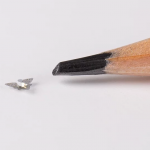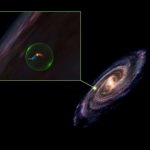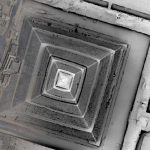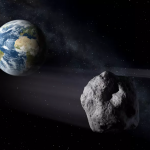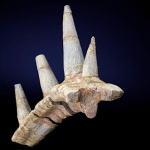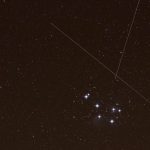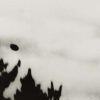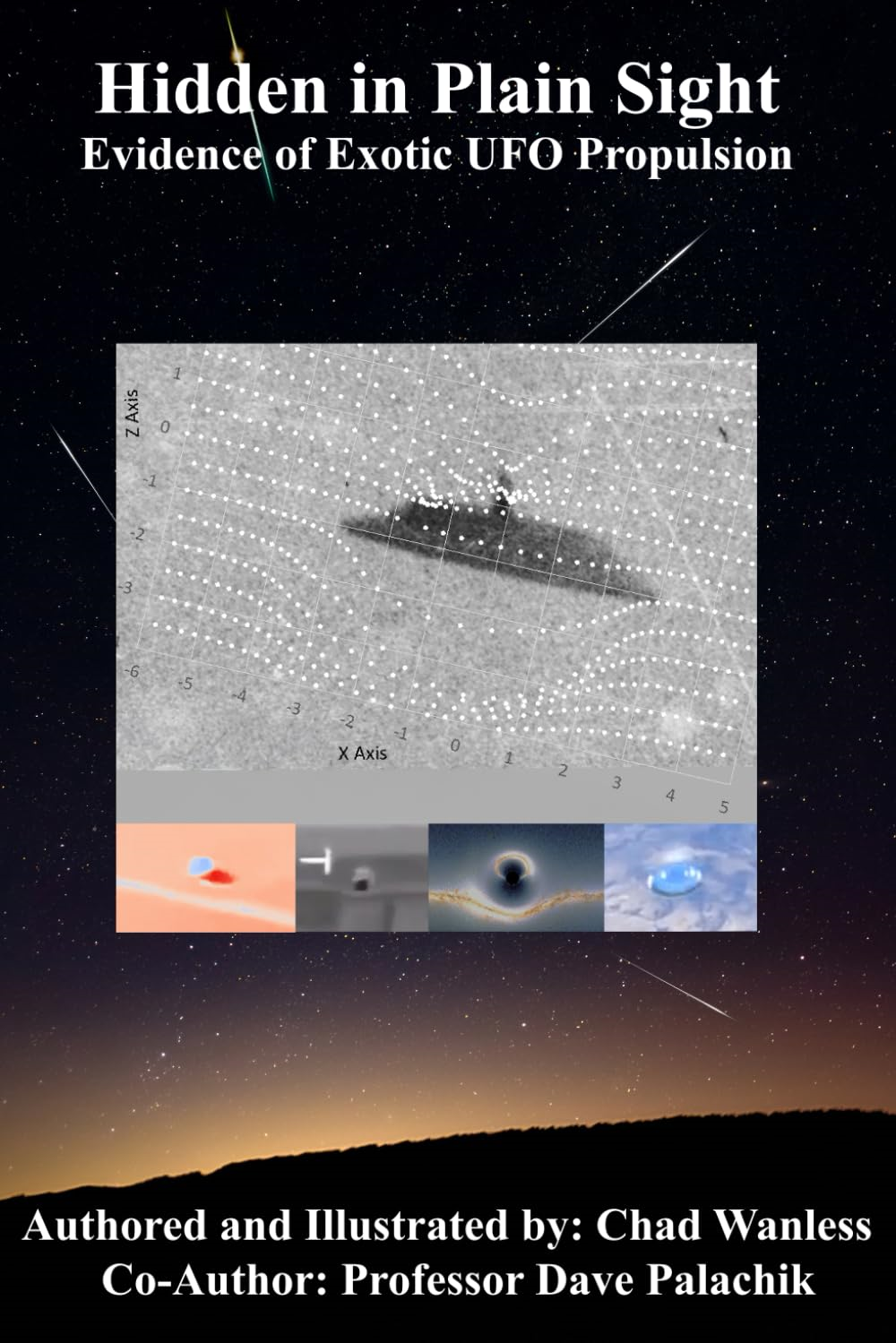Flying Microchips The Size Of A Sand Grain Could Be Used For Population Surveillance0
- From Around the Web, Science & Technology
- September 28, 2021
It’s neither a bird nor a plane, but a winged microchip as small as a grain of sand that can be carried by the wind as it monitors such things as pollution levels or the spread of airborne diseases.

